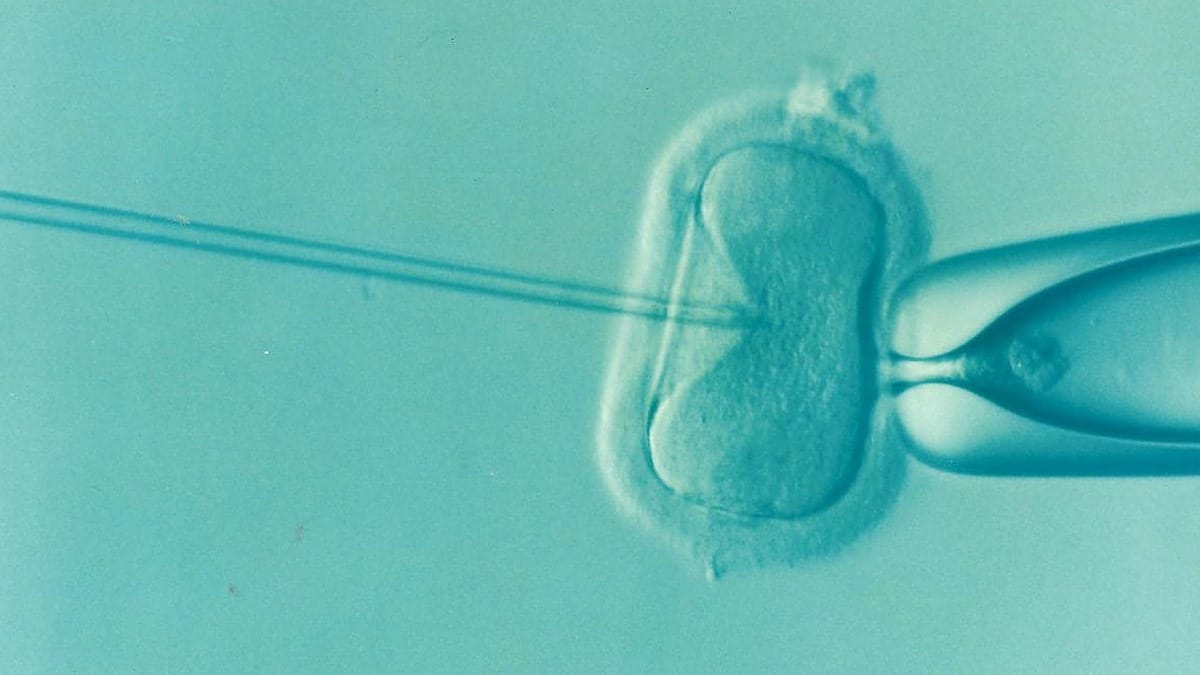
There are many women who choose the In vitro fertilization when there are problems or impediments to achieve a pregnancy naturally. A technique in which eggs are fertilized in a laboratory to be later transferred to the mother's body. Not all, the best! And what happens with non-implanted embryos?
Currently, the usual thing is that one or two embryos are transferred per transfer, so it is normal to wonder what happens with the rest. They are usually vitrified to preserve them for different purposes. We explain it to you in detail!
What is in vito fertilization?
To understand what happens with non-implanted embryos, it is necessary to understand what the in vitro fertilization, The only one assisted reproductive technique in which there is the possibility of using the eggs from a donor and therefore the only option for many women.

In In Vitro Fertilization, the woman is subjected to controlled ovarian stimulation in order to obtain the eggs and extract them through a surgical intervention known as follicular puncture. The ova thus recovered are fertilized later in the laboratory with the sperm of the couple or a donor, and then the best quality embryo or embryos are transferred to the woman's uterus for gestation.
Spanish law allows the transfer of a maximum of 3 embryos. In fact, a single embryo will be transferred whenever possible in order to avoid multiple pregnancy. That is, as long as the probability of success is not compromised.
Thus, in the majority of in vitro fertilization cycles, either with one's own eggs or with egg donation, there are surplus embryos at the end of the treatment. And what happens with these surplus embryos?
What happens to non-implanted embryos?
When a woman undergoes in vitro fertilization reproductive treatment, an attempt is made to achieve the largest possible number of embryos of good quality to increase the chances of success of the cycle. But, as we have already mentioned, it is not possible to transfer more than three embryos to the patient's uterus in a single attempt. And where does the rest go?
The embryos left over from an assisted reproduction treatment that have good quality are generally vitrified to preserve them. The fate of these embryos depends both on the legislation that regulates assisted reproduction techniques in Spain and on the patient's decision.
Destinations of surplus embryos
- Own use. This option allows another embryo transfer to be carried out without the need to go through ovarian stimulation or follicular puncture again. Therefore, avoiding a very hard part of the process if the first attempt has failed or you want a second child.
- donation for reproductive purposes. In order to donate embryos for reproductive purposes, patients must meet the same requirements stipulated for donors. Among others, the egg donor cannot exceed 35 years of age.
- Donation for research purposes. In this case, patients are informed of the specific project for which their embryos will be used and must sign a specific consent stating the project in question.
- Cessation of its conservation without other use. This last destination can only be approved by the medical managers when they consider that the woman no longer meets the appropriate requirements to undergo the assisted reproductive technique.
Both to preserve the embryos for their own use and for their donation, patients must sign prior to the in vitro fertilization treatment a consent. And this has to be renewed or modified (if you want to change the destination of the embryos) every two years.
And what happens if it is not renewed? if after two consecutive renewals the center fails to renew the consent signature and is able to demonstrate having tried, the embryos will remain at the clinic's disposal.
Did you know the fate of non-implanted embryos from in vitro fertilization?